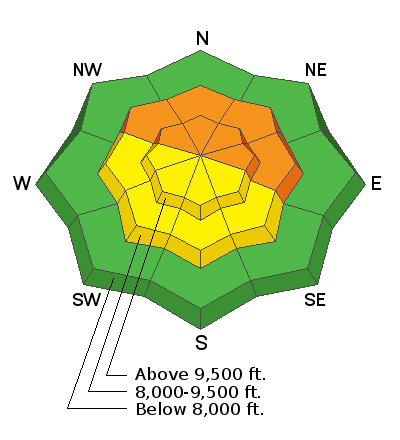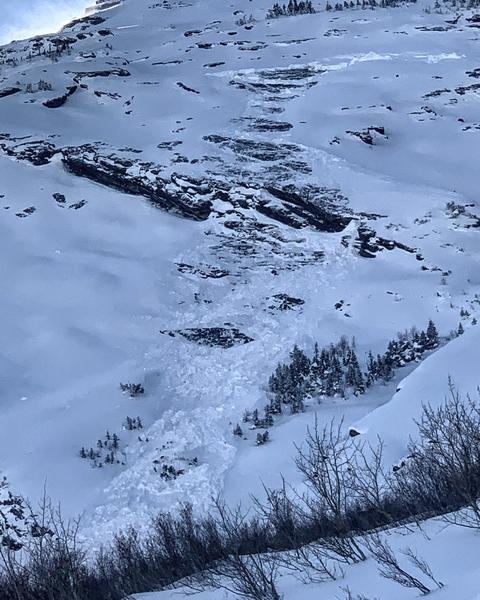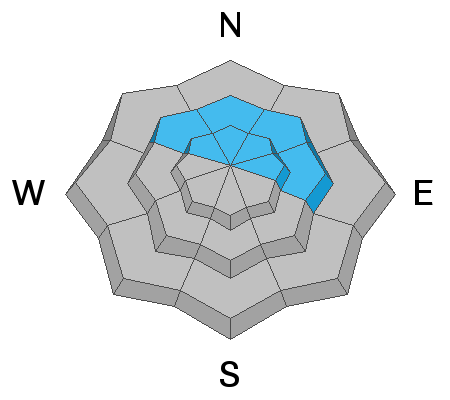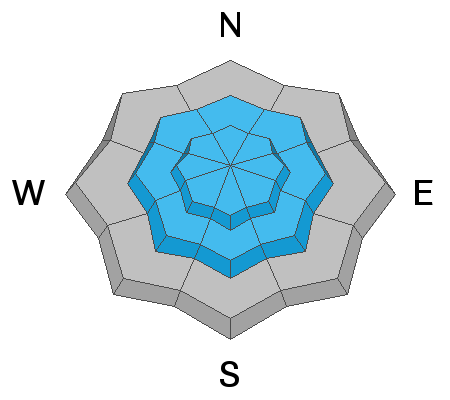Forecast for the Salt Lake Area Mountains

Issued by Nikki Champion on
Wednesday morning, December 11, 2019
Wednesday morning, December 11, 2019
Today the avalanche danger is CONSIDERABLE on northerly and east-facing slopes at mid and upper elevations where a persistent weak layer of snow exists 2-4 feet deep.
The avalanche danger is MODERATE on southerly-facing and west-facing slopes at mid and upper elevations which don't have the persistent weak layer on the ground. On these aspects watch for signs of shallow slabs of wind drifted snow, and avoid them.
LOW avalanche danger exists at low elevations which continue to have generally safe avalanche conditions.

Low
Moderate
Considerable
High
Extreme
Learn how to read the forecast here










